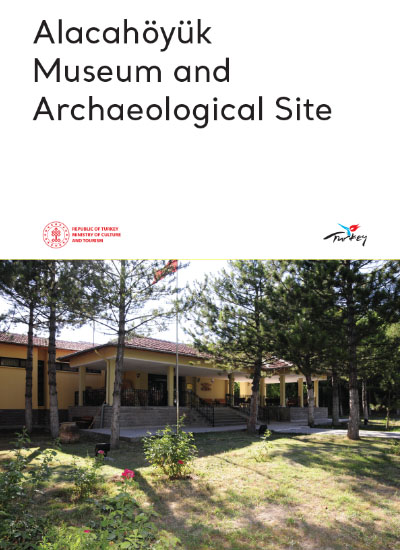The Alacahöyük Museum is situated in the village of Alacahöyük, located in the Alaca district, which is 50 km away from Çorum. The museum was first established in 1940, making it the first local museum in Alacahöyük. In 1982, the collection was relocated to a new building within the ruins and was reorganized in 2011. Alacahöyük was a significant religious and artistic centre during the Bronze Age and Hittite period. It was discovered by W.G. Hamilton in 1835. The Alacahöyük Museum displays artefacts from the Chalcolithic, Old Bronze, Hittite, and Phrygian periods. The museum halls are named after the archaeologists who conducted excavations in the ancient city. The Hamit Zübeyr Koşay Hall explains the significance of Alacahöyük excavations in Turkish archaeology on the wall panels. The Remzi Oğuz Arik Hall exhibits artefacts from the Chalcolithic, Early Bronze Age, and Hittite periods. The Mahmut Akok Hall exhibits artefacts from the Hittite and Phrygian periods. Additionally, the museum displays carpets, rugs, wooden agricultural tools, weaving looms, and ethnographic artefacts, including piercing, cutting, and firearms from the Ottoman period.
ALACAHÖYÜK MUSEUM AND ARCHAEOLOGICAL SITE


